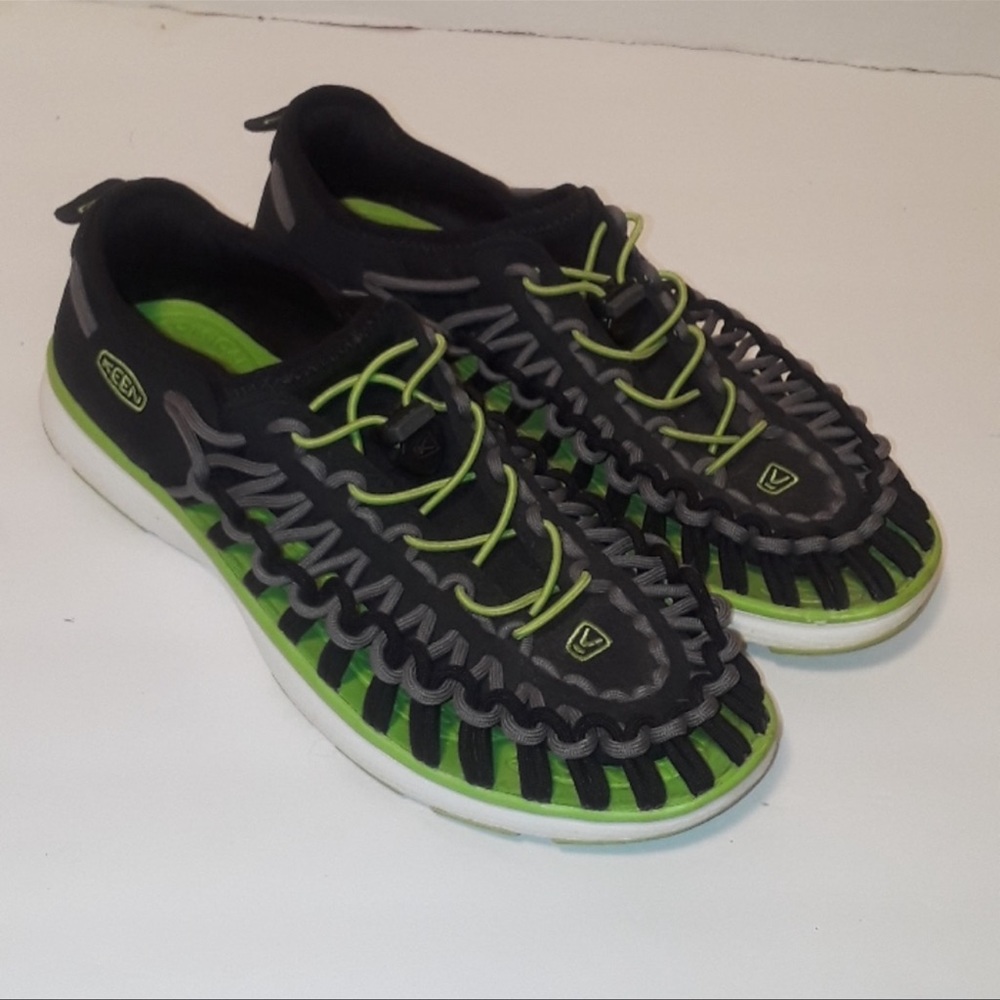5 Paracord Shoe Hacks

When it comes to survival and outdoor gear, few materials are as versatile and indispensable as paracord. Originally designed for parachutes, paracord (short for parachute cord) has become a staple in the kits of hikers, campers, and survivalists due to its incredible strength, durability, and multifaceted uses. One often overlooked but highly practical application of paracord is in shoe hacks—modifications or uses that can significantly enhance the functionality, comfort, and durability of your footwear. Here are five paracord shoe hacks that can elevate your outdoor adventures:
1. Quick Fix for Broken Shoe Laces
One of the most frustrating issues you can encounter on a hike or during any outdoor activity is breaking a shoe lace. Not only can this be inconvenient, but it can also be a safety hazard, especially on uneven terrain. Paracord can serve as an excellent temporary or even permanent fix. By unraveling a piece of paracord and using the inner strands, you can create a durable replacement lace. This hack requires minimal paracord, making it a lightweight addition to your emergency kit. Simply thread the inner strands through the eyelets of your shoe, and you’re good to go. This is a simple yet effective solution that can get you back on track quickly.
2. Ankle Support and Stability Enhancement
For those who enjoy more aggressive outdoor activities like trail running or backpacking, additional ankle support can be a game-changer. Paracord can be used to create a makeshift ankle support system. By wrapping paracord around the ankle and then attaching it to the shoe, you can provide additional stability and support. This is particularly useful for preventing or mitigating ankle rolls and strains. It’s essential to ensure the wrap is not too tight, as this can impede circulation and cause discomfort. This hack is about finding the right balance between support and flexibility.
3. Improvised Shoe Straps for Secure Fit
Sometimes, despite our best efforts, we find ourselves dealing with ill-fitting shoes, especially if we’re borrowing gear or have purchased shoes without trying them on. Paracord can be used to create additional straps or secure existing ones, ensuring a snug and comfortable fit. This can be particularly useful for preventing blisters, which can quickly derail an otherwise enjoyable outdoor adventure. By securing your foot firmly within the shoe, you reduce friction and movement that can lead to hotspots and blisters.
4. Waterproofing and Protection
While not a substitute for dedicated waterproofing methods, paracord can be used in a pinch to create a barrier against elements. By wrapping paracord around the seams or areas prone to water ingress, you can create an additional layer of protection. This is more of a temporary fix but can be useful in unexpected wet conditions. Additionally, paracord can be used to secure gaiters or makeshift waterproof layers over your shoes, further protecting your feet from water and debris.
5. Emergency Signaling
In survival situations, visibility and signaling are crucial. Paracord can be used to create highly visible markers or signaling devices. For example, you can tie paracord around your shoes in a bright, recognizable pattern or use it to secure reflective material to your footwear. This can be especially useful in low-light conditions or when stranded and needing to signal for help. The visibility provided by these makeshift signaling devices can significantly increase your chances of being spotted by rescue teams.
What is the breaking strength of paracord, and how does it apply to shoe hacks?
+Paracord has a breaking strength of around 550 pounds (approximately 250 kg), which is more than sufficient for most shoe hacks, including replacing laces or providing additional support. This strength ensures that paracord can withstand the rigors of outdoor use, making it a reliable material for emergency fixes and enhancements.
Can paracord be used for waterproofing shoes effectively?
+While paracord can provide some level of water resistance, especially when wrapped around seams, it is not a reliable method for full waterproofing. For comprehensive water protection, dedicated waterproofing sprays, membranes, or fully waterproof shoes are recommended. Paracord's use in waterproofing should be considered a temporary or auxiliary measure.
How can I ensure the paracord hacks are comfortable and won't cause blisters?
+To minimize the risk of blisters when using paracord shoe hacks, ensure that any wraps or additions are snug but not overly tight. It's also crucial to avoid having the paracord rub against your skin directly; consider wearing thicker socks or placing a cloth barrier between your skin and the paracord. Regularly check your feet for any signs of irritation and adjust the paracord as needed.
Incorporating paracord into your outdoor kit can open up a world of creative problem-solving opportunities, from the practical to the lifesaving. Whether you’re a seasoned outdoorsperson or just starting to explore the wilderness, having a length of paracord on hand can make all the difference. With its versatility, strength, and light weight, paracord is an indispensable tool that can elevate your outdoor adventures and provide peace of mind in the face of uncertainty.


